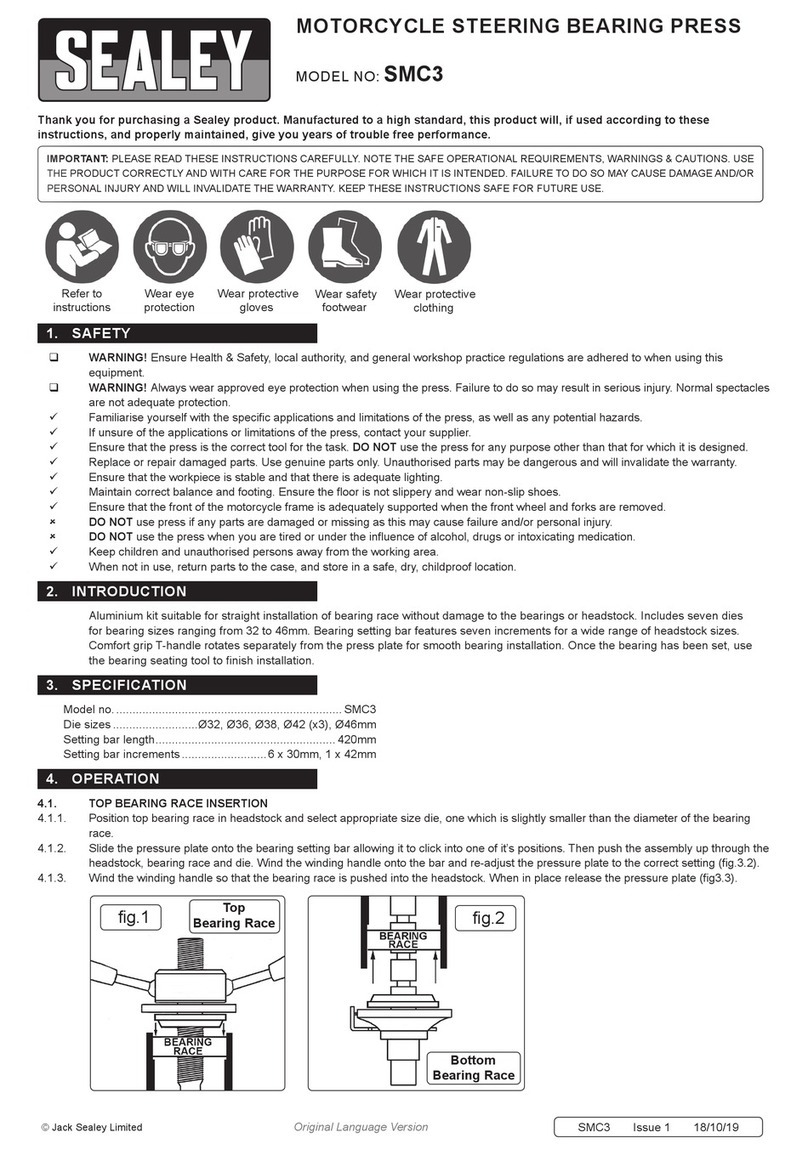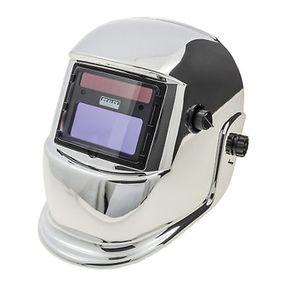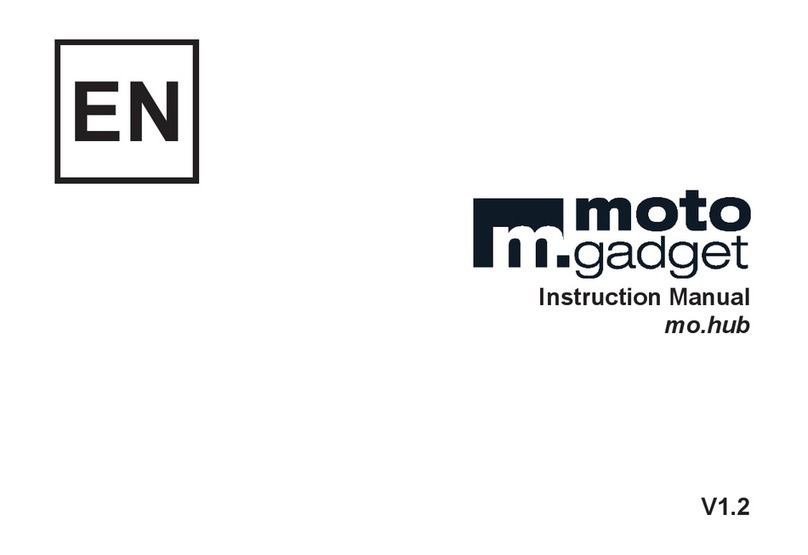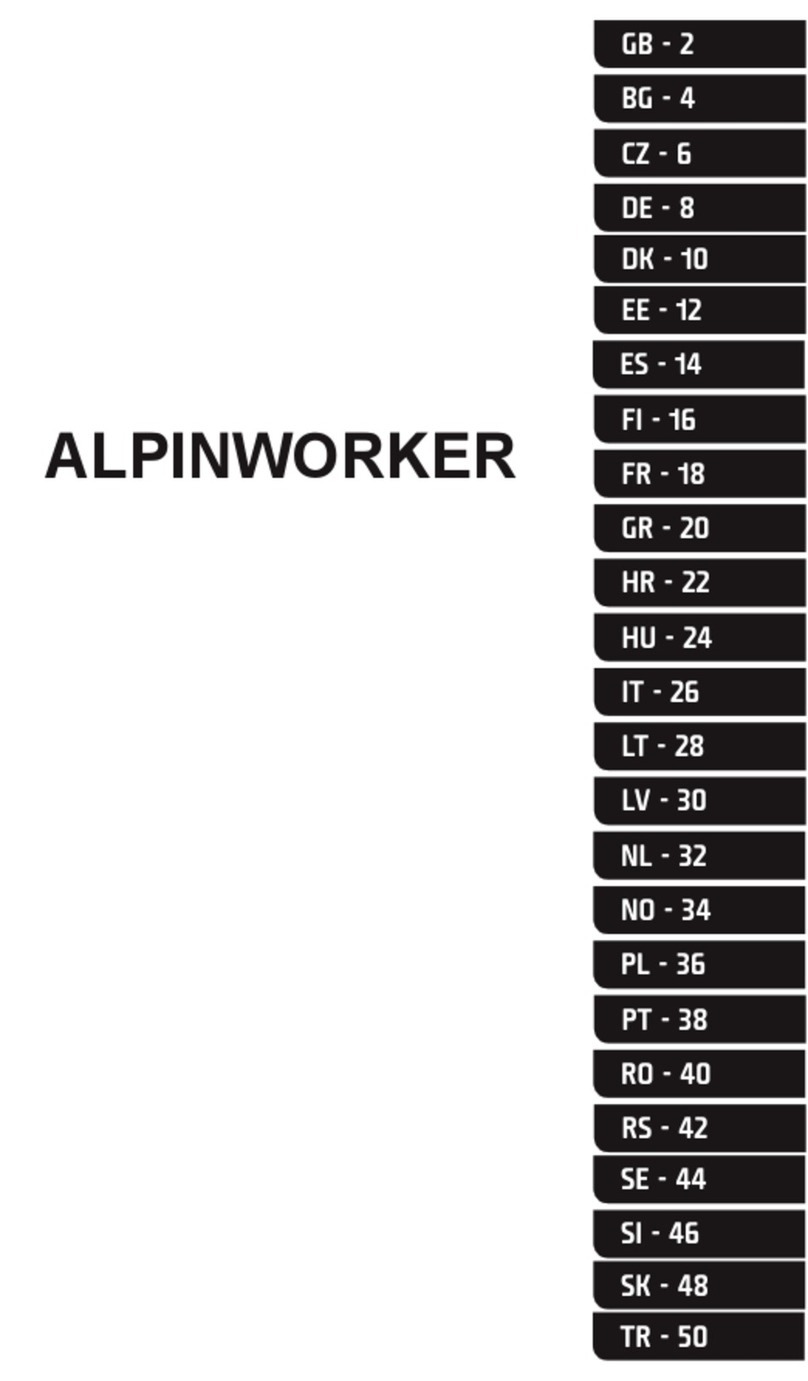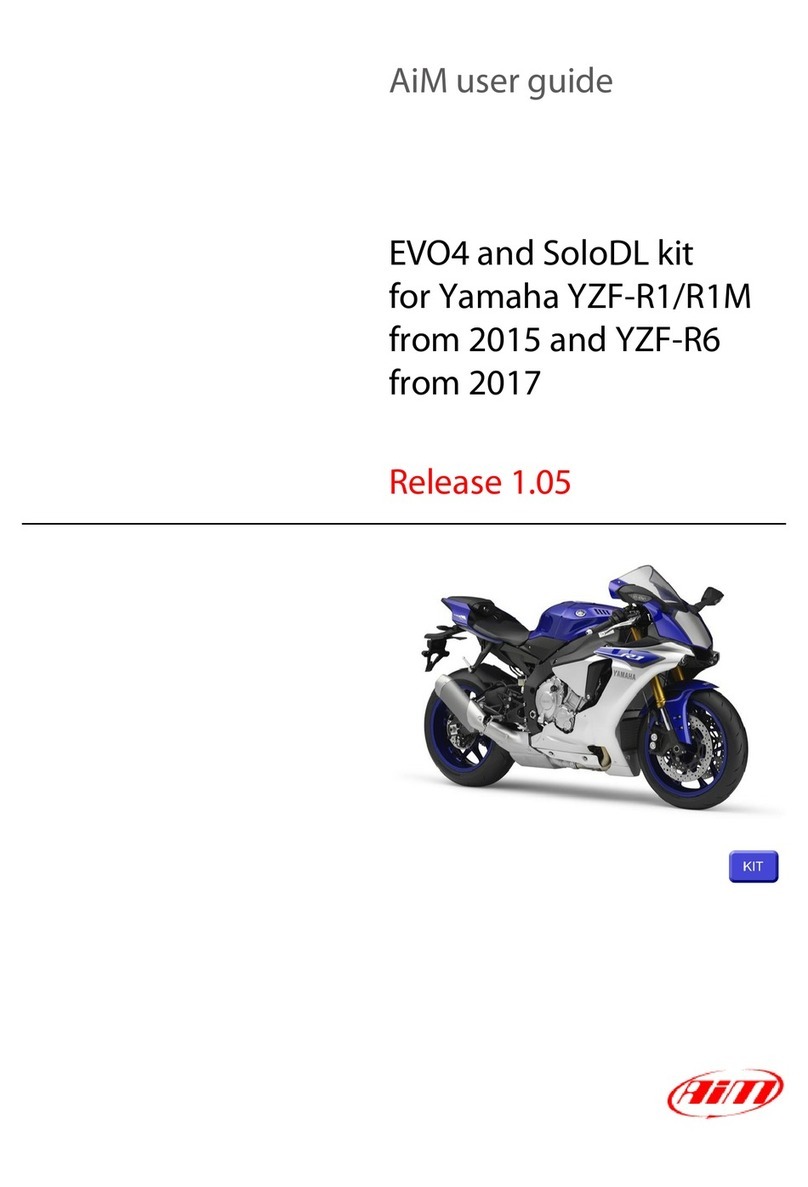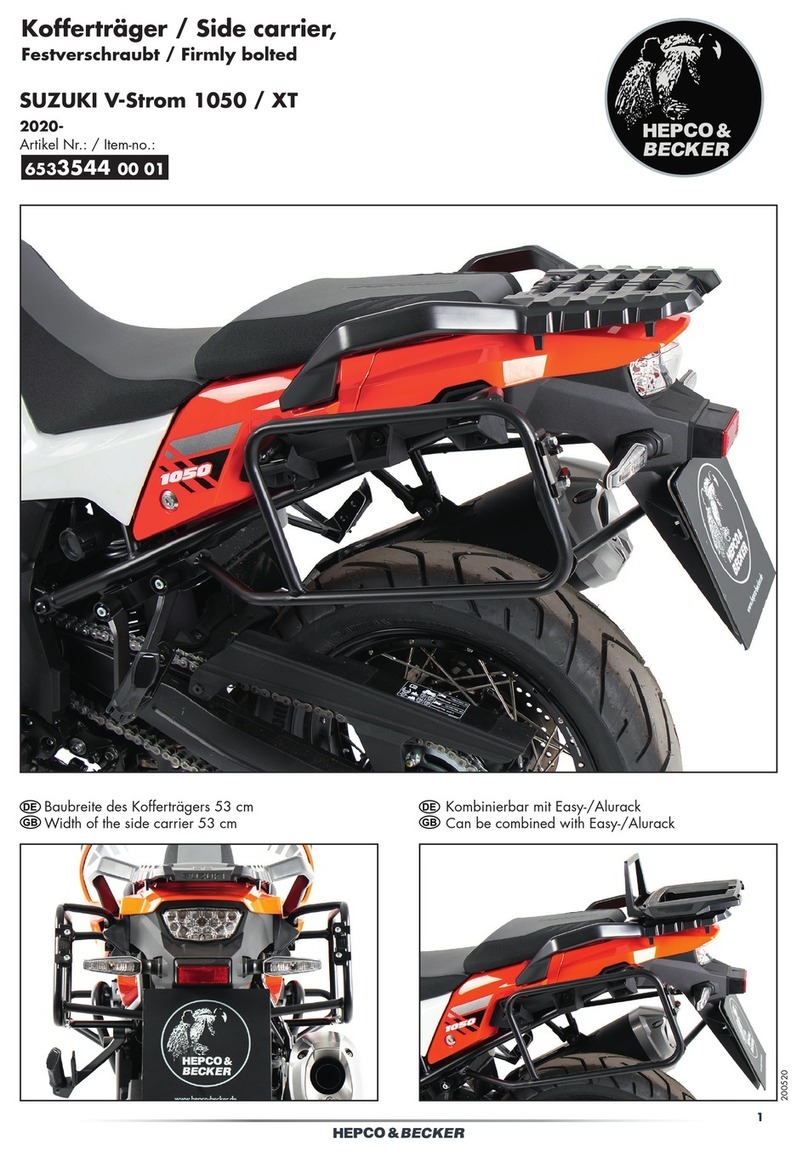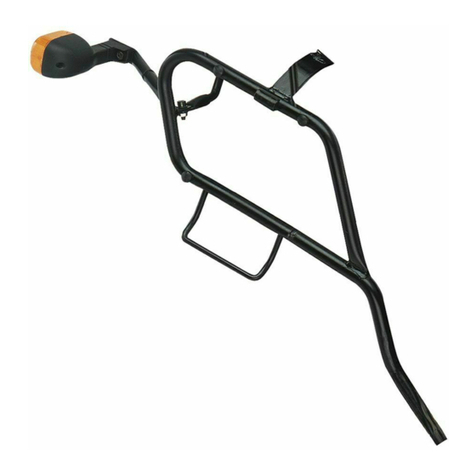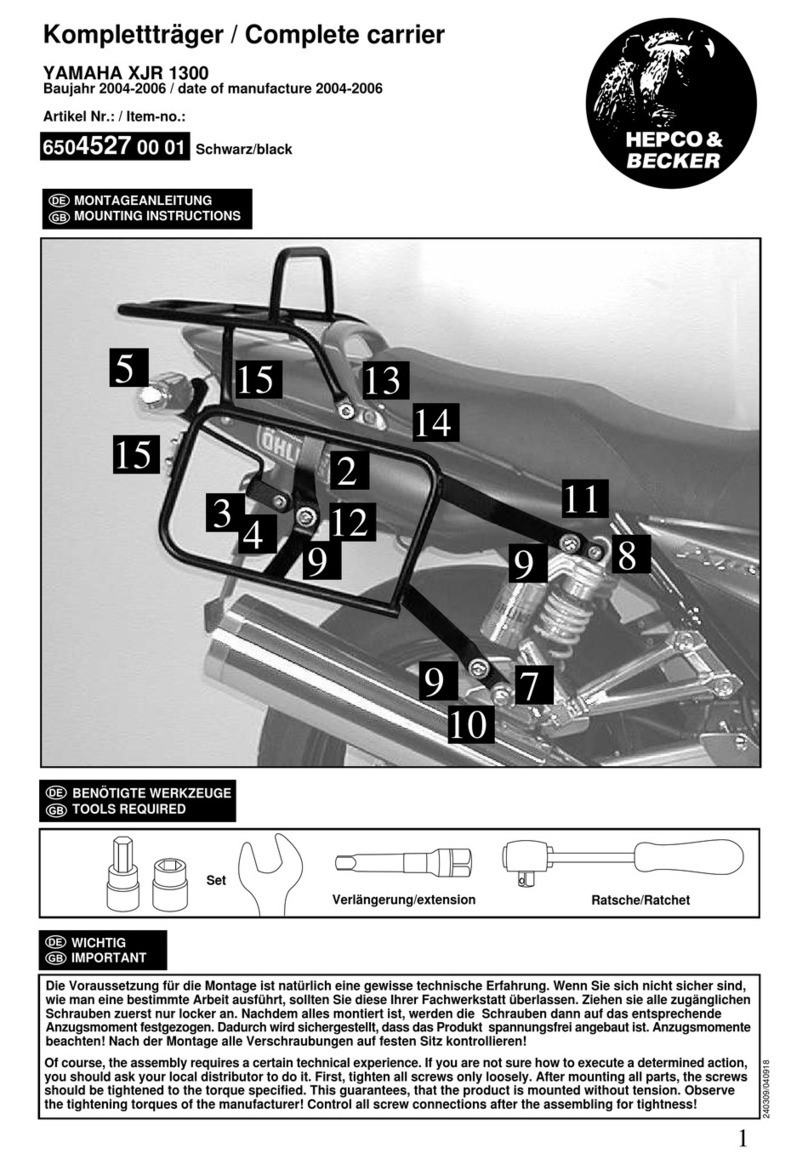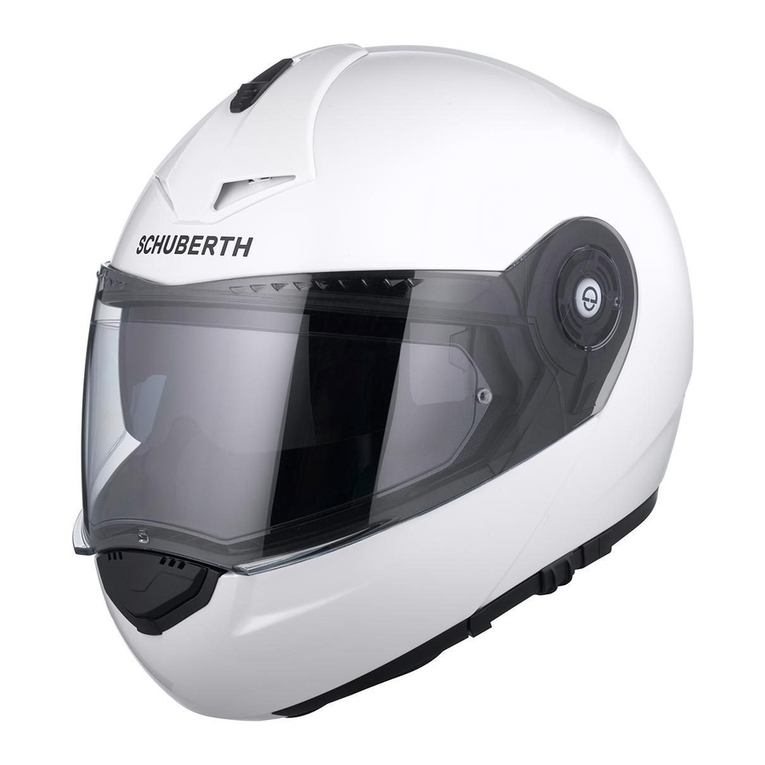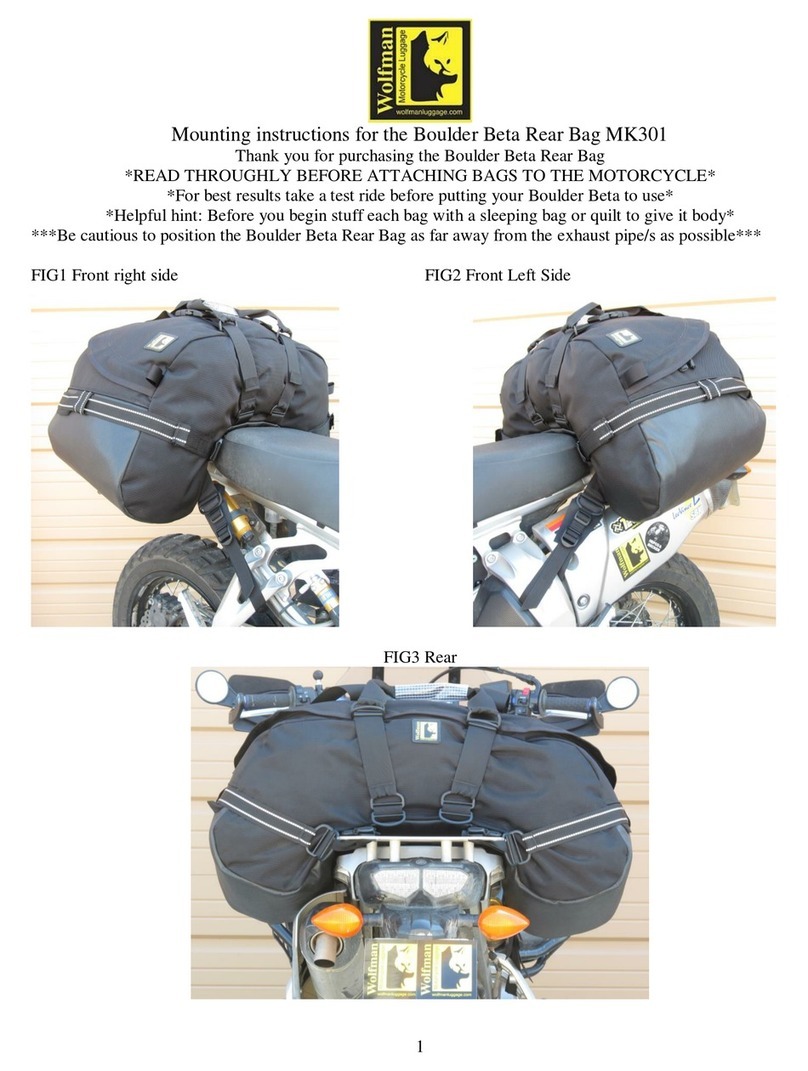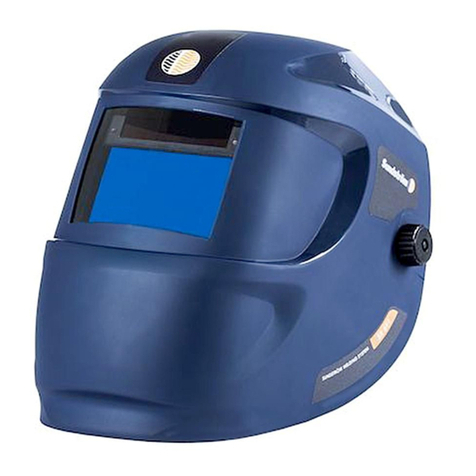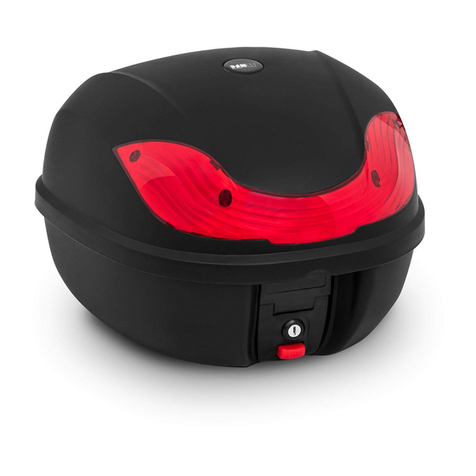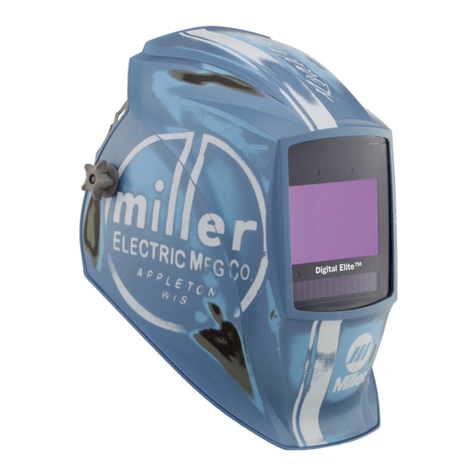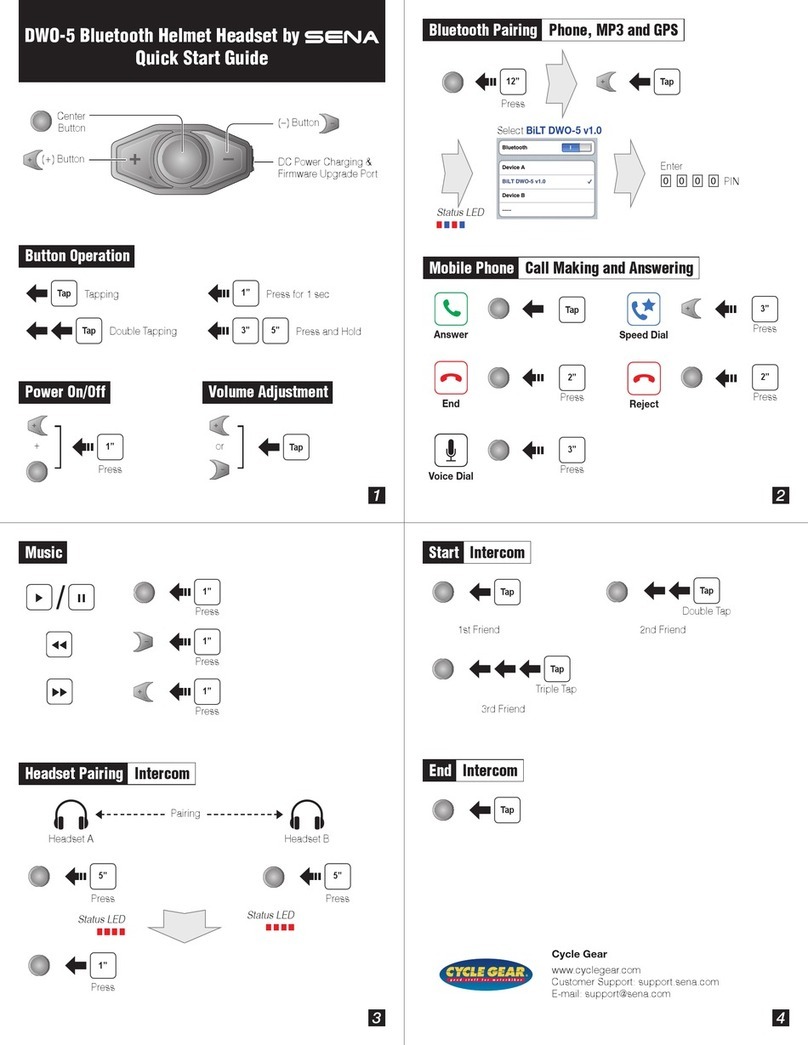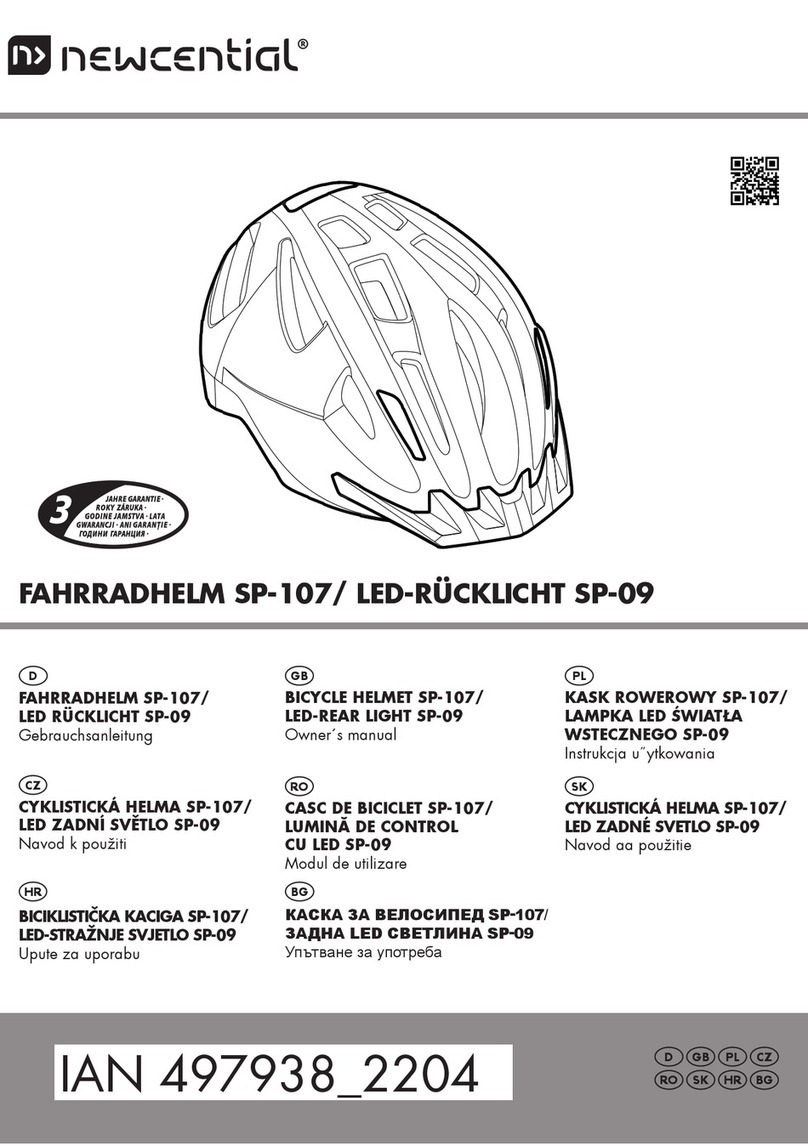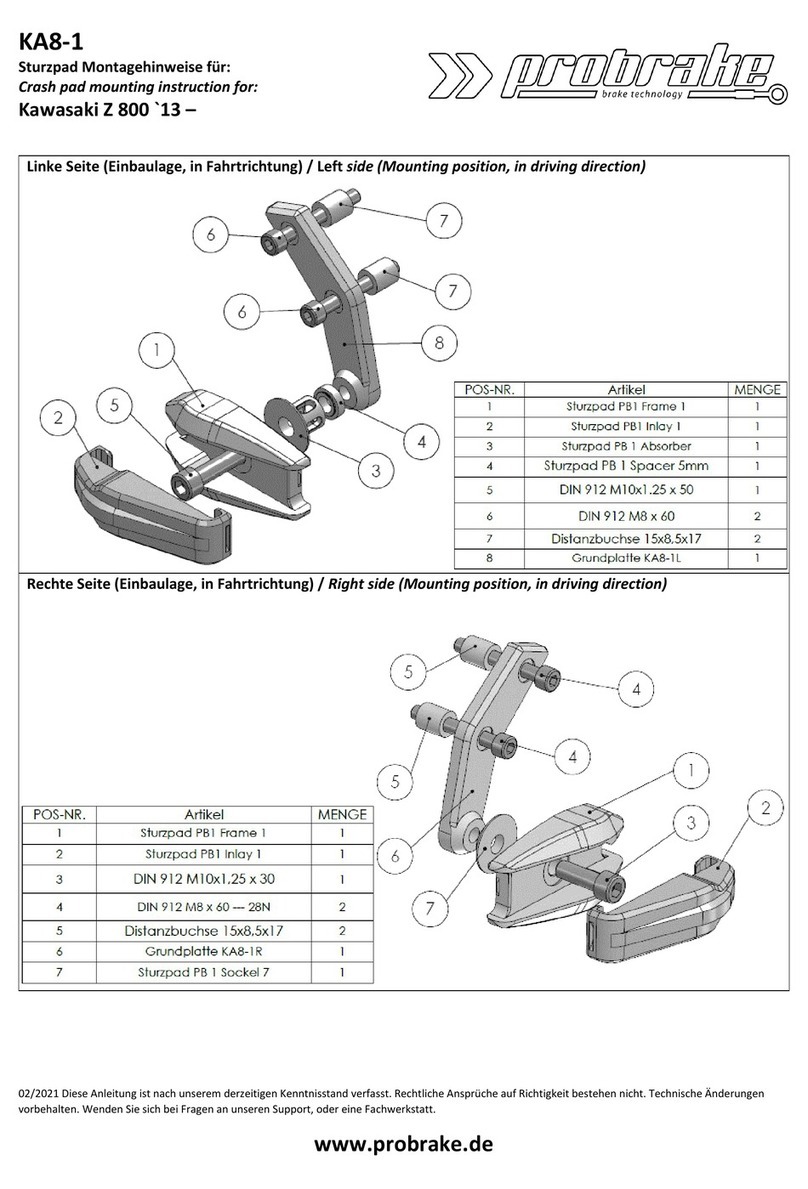Sealey PWH617 User manual

AUTO DARKENING WELDING HELMET WITH
TH2 POWERED AIR PURIFYING RESPIRATOR
(PAPR)
MODEL NO: PWH617
Thank you for purchasing a Sealey product. Manufactured to a high standard, this product will, if used according to these
instructions, and properly maintained, give you years of trouble free performance.
IMPORTANT: PLEASE READ THESE INSTRUCTIONS CAREFULLY. NOTE THE SAFE OPERATIONAL REQUIREMENTS, WARNINGS & CAUTIONS. USE
THE PRODUCT CORRECTLY AND WITH CARE FOR THE PURPOSE FOR WHICH IT IS INTENDED. FAILURE TO DO SO MAY CAUSE DAMAGEAND/OR
PERSONAL INJURY AND WILL INVALIDATE THE WARRANTY. KEEP THESE INSTRUCTIONS SAFE FOR FUTURE USE.
1. SAFETY
1.1. ELECTRICAL SAFETY
WARNING! It is the user’s responsibility to check the following:
Check all electrical equipment and appliances to ensure that they are safe before using. Inspect power supply leads, plugs and all
electrical connections for wear and damage. Sealey recommend that an RCD (Residual Current Device) is used with
all electrical products. If the product is used in the course of business duties, it must be maintained in a safe condition and routinely
PAT (Portable Appliance Test) tested.
Electrical safety information, it is important that the following information is read and understood.
1.1.1. Ensure that the insulation on all cables and on the appliance is safe before connecting it to the power supply.
1.1.2. Regularly inspect power supply cables and plugs for wear or damage and check all connections to ensure that they are secure.
1.1.3. Important: Ensure that the voltage rating on the appliance suits the power supply to be used.
8DO NOT pull or carry the appliance by the cable.
8DO NOT pull the plug from the socket by the cable. Remove the plug from the socket by maintaining a rm grip on the plug.
8DO NOT use worn or damaged cables, plugs or connectors. Ensure that any faulty item is repaired or replaced immediately by a
qualied electrician.
1.1.4. If the cable or plug is damaged during use, switch the electricity supply and remove from use.
Class II products are wired with live (brown) and neutral (blue) only and are marked with the Class II symbol;
Sealey recommend that repairs are carried out by a qualied electrician.
1.2. GENERAL SAFETY
9Ensure all workshop safety rules, regulations and conditions are complied with when using this equipment. The face shield will
not oer protection against misuse of workshop tools, equipment, or accessories.
9Maintain the welding helmet in good condition and protect cartridge from liquid and dirt contact.
9Use genuine parts only. Unauthorised parts may be dangerous and will invalidate the warranty.
9Fit the face shield and adjust the head band so the face shield will sit as low and near to your face as possible.
9Ensure that the face hood is securely attached to the face shield.
9Use welding helmet only in temperatures ranging from -5°C to 55°C.
9 Remove ill tting clothing, remove ties, watches, rings and other loose jewellery.
9Maintain correct balance and footing.
9 Ensure the oor is clear from obstructions, not slippery and wear non-slip shoes.
9Keep children and unauthorised persons away from the working area.
9Use of this welding helmet is for face and eye protection against low energy impact and splashing liquids.
9Inspect the welding helmet frequently as a pitted or scratched face shield reduces vision and therefore should be replaced
immediately.
9Be aware if wearing standard ophthalmic spectacles they may transmit impacts, creating a hazard for the user.
9Before welding, adjust the auto-darkening lens sensitivity setting to meet the application.
9Stop welding immediately if the auto-darkening lens does not darken when the arc is struck.
8DO NOT use if any part of the welding helmet is cracked or broken.
8DO NOT place this product on a hot surface.
8DO NOT use this face shield for protection against gases, ultra violet or infra red radiation, ionising radiation, liquids under
pressure or other severe hazards.
8DO NOT use this face shield against heavy impact hazards, the lens is breakable.
8DO NOT use welding helmet for any purpose for which it is not designed.
WARNING! DO NOT use the welding helmet if damaged or you suspect it may be faulty. (Contact Sealey Stockist).
▲DANGER! DO NOT wear this respirator system to enter areas where:
1. Atmospheres are oxygen decient.
2. Contaminant concentrations are unknown.
3. Contaminant concentrations are Immediately Dangerous to Life or Health.
4. Contaminant concentrations exceed the maximum use concentration determined using the assigned Protection Factor for the
specic respirator system.
9If ventilation is poor, wear an approved air-supplied respirator.
9 Work in conned space only if it is well ventilated, or while wearing an air-supplied respirator. Always have a trained watch-
person nearby. Ensure the breathing air is safe.
PWH617 Issue 1 06/01/23
Original Language Version
© Jack Sealey Limited
Refer to
instructions Charger indoor
use only

9Read and follow these instructions and the safety labels carefully.
9 The powered air purifying respirator (PAPR) helps protect the user from specic airborne contaminants but must be used correctly
to be fully eective. Have an industrial hygienist test the air in your facility to ensure the PAPR provides adequate protection from
contaminants in your environment. If you have questions about the respirator, see equipment warning label and consult your Safety
Director and a certied Industrial Hygienist.
9Follow all applicable EN/ANSI/CSA/AS&NZS, and other regulatory guidelines pertaining to the use of respirators.
8DO NOT use the powered air purifying respirator where there is danger of re or explosion.
8DO NOT use the powered air purifying respirator in windy conditions or negative pressure inside the hood may draw in
contaminants from the outside air.
9The powered air purifying respirator does not supply oxygen. Use the respirator only in atmospheres for which it is EN/ANSI/CSA/
AS&NZS approved.
8DO NOT use the respirator where oxygen levels are 19.5% or lower, where contaminant levels are unknown or are immediately
dangerous to life or health, or where the contaminant levels exceed the respirator specications.
8DO NOT enter a hazardous area until you are sure the respirator equipment is correctly assembled, working properly, and properly
worn.
9Before each use, inspect the respirator equipment for damage and verify it operates properly.
9 Before using the respirator, test air ow to verify it is providing an adequate volume of air.
8DO NOT use the powered air purifying respirator without all lter components or with the blower turned o, as hazardous levels of
oxygen and carbon dioxide may accumulate in helmet.
9Always wear the powered air purifying respirator when entering a contaminated area.
8DO NOT remove the respirator until outside the contaminated area.
9Dangerous contaminants may not smell or be visible. Leave the area immediately if you notice the following:
- Breathing becomes dicult.
- You experience dizziness, impaired vision, or eye, nose, or mouth irritation.
- The powered air purifying respirator alarm sounds.
- The equipment is damaged.
- Air ow decreases or stops.
- If you think the equipment is not supplying adequate protection.
8DO NOT remove the equipment until you are in a safe area.
8DO NOT repair, modify, or disassemble the powered air purifying respirator or use with parts or accessories not supplied by the
manufacturer. Use only those components that are part of the approved assembly.
9 Replace damaged or clogged lters.
WARNING! The particle lter CAN NOT be cleaned.
8DO NOT wash or reuse lters.
8DO NOT clean lters by tapping or with compressed air as this will destroy the lters, the equipment will not give the expected
protection and the warranty will be invalidated.
9 Dispose of used lter elements according to local requirements.
9 The powered air purifying respirator must be used with the welding helmet, face hood, and lters recommended by the manufacturer
to provide a respirator system. See the label on the blower for information on the required equipment.
8DO NOT use the powered air purifying respirator belt or shoulder straps (if equipped) as a safety harness.
2. INTRODUCTION
PAPR (Powered Air Purifying Respirator) system with auto darkening welding helmet. Large viewing area of 98mm x 55mm.True colour
technology for improved depth perception, allowing far greater welding precision. Lithium battery powered respirator unit provides the user
with a constant ltered stream of air to their head and face for up to approximately 5 hours. The lter is designed to reduce or remove dust
and particles but not vapours and gases. The kit meets performance class TH2 (Less than 2% inward leakage) according to EN 12941:1998/
A2:2008.Adjustable airow settings of 150/180L/min. Features an audible alarm to alert user of low battery/low airow. Welding helmet has
adjustable shade control from 9-13 and 5-8.Fully automatic switching from light to dark on striking arc @ 1/25,000s.Solar panel power supply to
welding helmet. Suitable for MIG,TIG MMA/ARC welding,cutting & grinding. Complies with all BS EN379, EN175, EN12941 and DIN standards.
3. SPECIFICATION
Model No:.........................................................PWH617
Grinding Function:....................................................Yes
Operating temperature:................................ -5° to 55°C
Operating time Light/Dark:............................. 1/25,000s
PAPR Air ow settings:............................ 150/180 L/min
PAPR Filter classication: ...........................TH2 P R SL
PAPR Lithium battery charging time:............3hr approx.
PAPR Operating Time:.............Low Speed: 5hr Approx.
................................................High Speed: 4hr Approx.
Power:...........Solar Cells/Rechargeable Lithium Battery
Shade Active:...................................5-8 & 9-13 Variable
Shade Inactive:............................................................4
Storage temperature:..................................-10° to 50°C
Viewing Area:............................................... 98 x 55mm
4. OPERATION
Unpack the product and check contents. Should there be any damaged or missing parts contact your supplier immediately.
REFER TO ATTACHED PARTS LIST.
4.1. CHARGING THE BATTERY
WARNING! Allow the battery to cool before charging.
4.1.1. Remove the battery pack, SSP80PAPR.BP, from the blower assembly (see section 4.3 below).
4.1.2. Connect the charge cord connector to the charging
socket on the battery pack, SSP80PAPR.BP, (fig 1 -1) and plug the mains charger,
PWH617 Issue 1 06/01/23
Original Language Version
© Jack Sealey Limited

SSP80PAPR.C, (fig 1 - 2) into a mains socket.
4.1.3. When charging the indicator light on the mains charger will display red.
4.1.4. When fully charged the indicator light on the mains charger will change to display green.
4.1.5. When charging is complete, unplug the mains charger,
SSP80PAPR.C,
from the mains and the battery pack.
8DO NOT leave the battery pack on charge for long periods.
88888888
4.2. BATTERY INSTALLATION
4.2.1. Slide the battery pack, SSP80PAPR.BP, (g 2 - 1) into the blower body, SSP80PAPR.H09, (g 2 - 3) until it locks into place.
4.3. BATTERY REMOVAL
4.3.1. Hold the blower body (g 2 - 3) rmly and lift up the battery lock button (g 2 - 2), then slide and remove the battery pack (g 2 - 1).
4.4. AIR FILTER INSTALLATION
4.4.1. Remove the lter cover, SSP80PAPR.F04 (g 3 - 4).
4.4.2. Install the lter, SSP80PAPR.F, (g 3 - 2) into the lter body, SSP80PAPR.F01, (g 3 - 1) and lock into position by screwing
clockwise until secure.
4.4.3. Install the foam lter, SSP80PAPR.F03, (g 3 - 3) above the lter, SSP80PAPR.F, (g 3 - 2).
4.4.4. Push t the lter cover, SSP80PAPR.F04, (g 3 - 4) until it “clicks” into position.
8DO NOT use the respirator without the lter cover, foam lter and lter installed.
8DO NOT wash lters, clean with compressed air, or reuse dirty air lters. Replace damaged or dirty air lter.
4.5. AIR FILTER REMOVAL
4.5.1. Removal of the lter is as section 4.4 but in reverse.
4.6. ATTACHING THE HOSE ASSEMBLY TO BLOWER BODY
4.6.1. Insert hose assembly connector, SSP80PAPR.H06, (g 4 - 6) into blower body connector outlet, SSP80PAPR.H07, (g 4 - 7) until
snug and then turn 1/8 turn clockwise to lock the hose assembly, SSP80PAPR.H05, (g 4 - 5) into place.
4.7. ATTACHING THE HOSE ASSEMBLY TO WELDING HELMET
4.7.1. Thread the hose assembly connector, SSP80PAPR.H04, (g 4 - 4) into the welding helmet connection, SSP80PAPR.H03, (g 4 - 3)
and turn clockwise until the hose assembly, SSP80PAPR.H05, (g 4 - 5) locks into position.
4.8. TESTING THE AIR FLOW ALARM
4.8.1. Disconnect the hose assembly, SSP80PAPR.H05, (g 4 - 5) from welding helmet, SSP80PAPR.H02, (g 4 - 2).
4.8.2. Start the blower, SSP80PAPR.H09, (g 5 - 1) and block the air ow by placing your hand over the open end of the hose assembly,
SSP80PAPR.H05, (g 5 - 2).
4.8.3. Continue to block the air ow (g 5) until the alarm sounds and the blower begins to vibrate.
4.8.4. If the alarm does not sound and the blower fails to vibrate, check the battery and lter element.
4.9. OPERATING THE CONTROLS
4.9.1. TO START
4.9.2. Press the ON/OFF button (g 6 - 1) for approx one second, until the blower starts (g 6 - 6).
4.9.3. The low (g 6 - 2) and high (g 6 - 3) speed indicator lights will ash on, then o, the alarm sounds briey and the blower will
vibrate momentarily.
NOTE: The blower will start in the low speed position.
4.9.4. When the blower (g 6 - 6) is operating press the ON/OFF button (g 6 - 1) to alternate between low speed and high speed.
4.9.5. TO STOP
4.9.6. Press the ON/OFF button (g 6 - 1) for approx one second, until the audible alarm and blower stops.
WARNING! If the danger indicator light (g 6 - 4) comes on, the audible alarm sounds and the blower (g 6 - 6) vibrates, this
indicates, that either the battery charge level is low, the air ow is reduced due to a dirty lter, the hose assembly is blocked or
there is another possible problem.
4.10. BATTERY LEVEL INDICATOR
4.10.1. The battery level indicator light (g 6 - 5) indicates the remaining charge in the battery.
PWH617 Issue 1 06/01/23
Original Language Version
© Jack Sealey Limited
g.1
g.3
g.4
g.2
g.5

4.11. TEST AIR FLOW
4.11.1. Disconnect hose assembly, SSP80PAPR.H05, (g 4 - 5) from welding helmet, SSP80PAPR.H04, (g 4 - 2).
4.11.2. Insert air ow meter, SSP80PAPR.12, (g 7 - 1) into hose assembly connector, SSP80PAPR.H04, (g 7 - 3).
4.11.3. Hold the ow meter vertically and start the blower (see section 4.9.1).
4.11.4. The ow meter ball should oat above the MIN mark (g 7 - 2).
WARNING! If the ow meter indicates MIN or below turn the blower o (see section 4.9.5), then check the battery and lter
elements.
4.12. WELDING HELMET ADJUSTMENT
4.12.1. Adjust the welding helmet circumference with the thumb wheel (g 8 - 1) on the back band of the welding helmet. The thumb wheel
is locked in position. Press the thumb wheel in to unlock, then twist clockwise to tighten and counter-clockwise to
loosen. At the desired circumference release the thumb wheel back into the locked position, adjust the height by snapping the pin
on the top band (g 8 - 2) into the required hole location to lock securely in place.
4.12.2. To adjust the viewing angle, loosen the thumb wheels (g 8 - 3) on both sides of the welding helmet and change the angle locker to
the desired tilt position. There are 5 pre-set positions with the head shield supplied in the mid setting.
NOTE: The welding helmet should still be free enough to be raised up, but not to drift downwards.
4.12.3. To adjust the distance between the user’s face and the welding helmet, loosen the thumb wheels (g 8 - 3) on both sides
of the welding helmet until the headband can move back and forth freely. Position the headband into one of the 3 slots (g 8 - 4),
as desired (the welding helmet is supplied in the mid setting). This should be completed one side at a time and both sides must be
located in the same location. Re-tighten the thumb wheels.
4.13. CHECKING THE WELDING HELMET WITH POWERED AIR PURIFYING RESPIRATOR BEFORE USE
Before using the respirator, check the following items:
9 Air Filter Assembly: Ensure that the air lter is suitable for the application. Also be sure the lter is undamaged, and securely
connected to the blower assembly. See section 4.4.
9Hose assembly: Ensure the tube is undamaged and properly connected to the blower assembly and hood. See sections 4.6 & 4.7.
9Battery: Verify the battery is fully charged and securely connected to the blower assembly. See sections 4.1 & 4.2.
9 Air Flow: Test air ow according to Section 4.11.
9Air Flow Alarm: Turn on blower assembly and check for audible, visual, and vibratory alarms. See section 4.8.Face Hood: Inspect
the welding helmet, ensure it is attached correctly and replace if damaged.
4.14. PUTTING ON THE WELDING HELMET WITH POWERED AIR PURIFYING RESPIRATOR
4.14.1. Place the blower assembly against the lower back with the hose assembly extending upwards (g 9).
4.14.2. Fasten belt, SSP80PAPR.H08, around the waist and adjust to a comfortable t.
4.14.3. Place face shield assembly over and onto head. Ensure it is a comfortable snug t.
PWH617 Issue 1 06/01/23
Original Language Version
© Jack Sealey Limited
g.6
BATTERY LEVEL INDICATOR
LEVEL INDICATOR LIGHT REMAINING POWER (%)
Green 90
Yellow 30 - 90
Red 10 - 30
Red - Flashing 0 - 10
g.7
g.8
Note: Welding Helmet air system
removed for clarity

4.15. SHADE CONTROL (g.10)
4.15.1. Select the shade DIN 9 to 13 based upon the welding process you will use by consulting the“Shade
Guide Table” based on EN 379. The variable shade control knob is for external adjustment. Grind
mode DIN 4 prevents lter lens from auto-darkening for grinding use.
4.16. SENSITIVITY CONTROL (g.11)
4.16.1. The sensitivity can be set from MIN to MAX by using the innitely dial knob. The MIN setting suits excess ambient light or with
another welding machine close by. The MAX setting suits low amperage welding and welding in areas with low light conditions,
especially low amperage argon arc welding. Selections between MIN and MAX are suitable for most of indoor and outdoor welding
operations.
4.17. DELAY CONTROL (g.11)
4.17.1. When welding ceases, the viewing window automatically changes from dark back to light but with a pre-set delay to compensate.
The delay time can be set from SLOW(0.8s) to MIDDLE(0.5s) to FAST(0.2s), by the DELAY switch.The minimum delay suits spot
or short welds. The maximum delay suits heavy current welding and reduces eye fatigue from the arc. Selections between SLOW-
MIDDLE are suitable for most of indoor and outdoor welding operations.
4.18. SHADE GUIDE TABLE.
5. MAINTENANCE
5.1. PAPR CLEANING:
5.1.1. Detach the battery pack, hose assembly and the blower. Inspect all parts for damage. Replace all damaged parts prior to storage
or next use.
5.2. BLOWER
5.2.1. Clean the outer surfaces of PAPR assembly and battery pack with a soft cloth dampened in a solution of water and mild, pH
neutral detergent.
8DO NOT immerse the blower or battery pack in water.
8DO NOT use solvents or abrasive cleaners.
8DO NOT attempt to clean the interior of the blower with compressed air or vacuum.
9Ensure the electrical contacts of the blower and battery pack are dry.
5.3. HOSE ASSEMBLY
5.3.1. Clean the connection joints on the hose assembly with water and a mild detergent solution.
NOTE: The hose assembly can be immersed in water for cleaning.
5.3.2. Air dry or dry by connecting to the blower unit and blow dry the hose.
NOTE: The inside of the hose must be completely dried prior to use or storage.
5.4. HEPA FILTER
5.4.1. Remove the lter cover and inspect the lter,replace if excessively dirty.
5.5. FRONT COVER LENS REPLACEMENT
5.5.1. Replace the front cover lens if it is damaged (cracked, scratched, pitted or dirty). Remove the old front cover lens by pressing two
lock switches at the bottom of the retaining frame and pull the frame and ADF out. Take the old front cover lens out, and remove
any protective lm before installing the new one. Cover lens by pressing two lock switches at the bottom of the retaining frame and
pull the frame and ADF out.
PWH617 Issue 1 06/01/23
Original Language Version
© Jack Sealey Limited
g.10 g.11
g.9

PWH617 Issue 1 06/01/23
Original Language Version
© Jack Sealey Limited
ENVIRONMENT PROTECTION
Recycle unwanted materials instead of disposing of them as waste.All tools, accessories and packaging should be sorted,
taken to a recycling centre and disposed of in a manner which is compatible with the environment. When the product
becomes completely unserviceable and requires disposal, drain any fluids (if applicable) into approved containers and
dispose of the product and fluids according to local regulations.
WEEE REGULATIONS
Dispose of this product at the end of its working life in compliance with the EU Directive on Waste Electrical and Electronic Equipment
(WEEE). When the product is no longer required, it must be disposed of in an environmentally protective way. Contact your local solid
waste authority for recycling information.
BATTERY REMOVAL
Under the Waste Batteries and Accumulators Regulations 2009, Jack Sealey Ltd are required to inform potential purchasers of products
containing batteries (as defined within these regulations), that they are registered with Valpak’s registered compliance scheme. Jack
Sealey Ltd’s Batteries Producer Registration Number (BPRN) is BPRN00705.
Note: It is our policy to continually improve products and as such we reserve the right to alter data, specifications and component parts without prior
notice.
Important: No Liability is accepted for incorrect use of this product.
Warranty: Guarantee is 12 months from purchase date, proof of which is required for any claim.
Sealey Group, Kempson Way, Suffolk Business Park, Bury St Edmunds, Suffolk. IP32 7AR
01284 757500 sales@sealey.co.uk www.sealey.co.uk
REGISTER YOUR
PURCHASE HERE
5.6. INSIDE COVER LENS REPLACEMENT
5.6.1. Replace the inside cover lens if it is damaged (cracked, scratched, pitted or dirty). Place your nger or thumb into the recess and
ex the inside cover lens upwards until it releases from one edge. Then remove any protective lm before installing the new one.
5.7. BATTERIES REPLACEMENT
5.7.1. When low voltage indicator (inside the helmet, on the left) turns red, you have to remove the battery slide cover plates and replace the
old battery with a new CR2450. After that, put on cover plates.
5.8. CLEANING AND STORING
5.8.1. Keep the sensors, solar cell and lter lens clean. Clean lter cartridge and helmet shell by using a soapy water solution and soft
cloth. do not use solvents or abrasive cleaning detergent. Switch the product to grind mode and put it in a clean, dry location for
storage.
6. TROUBLESHOOTING
PROBLEMS SUGGESTED SOLUTION
Blower does not supply air to hood. 1. Press ON/OFF to start blower.
2. Recharge battery.
3. Verify battery is properly connected to blower.
4. Remove blockage from blower outlet and breathing tube.
Battery pack’s charge lasts less than expected. 1. Ensure battery pack is fully charged.
2. Replace battery.
3. Replace charger.
4. Check the air lter (HEPA lter & Foam prelter), and replace it if necessary.
Blower cannot be turned o. Press ON/OFF button for one second.
Battery red level light is ashing. Charge or replace the battery.
Danger light is on, alarm sounds or blower vibrates. Check the blower air ow as section 4.11.
PROBLEMS POSSIBLE CAUSE(S) SUGGESTED SOLUTION(S)
Dicult to see through lter. Cover lens dirty. Clean or replace cover lens.
Filter lens dirty. Clean lter lens.
Filter does not darken when arc is struck. Grind or Cut Mode selected. Adjust Shade from 9 to 13.
Sensors or Solar Panel blocked. Make sure sensors or solar panel are exposed
to weld arc without blocking.
Set Sensitivity to MIN. Adjust Sensitivity to required level.
Low voltage of lithium battery. Replace with new lithium battery if indicator
turns red.
Filter darkens without arc. Set Sensitivity to MAX. Adjust Sensitivity to required level.
Filter remains dark after welding. Set Delay to FAST. Adjust Delay to required level.
Table of contents
Other Sealey Motorcycle Accessories manuals

Sealey
Sealey MS052.V2 User manual
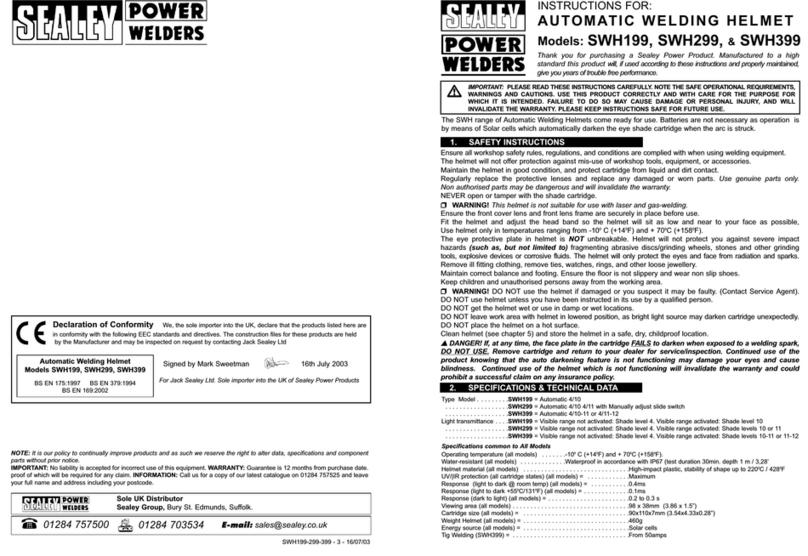
Sealey
Sealey SWH199 User manual
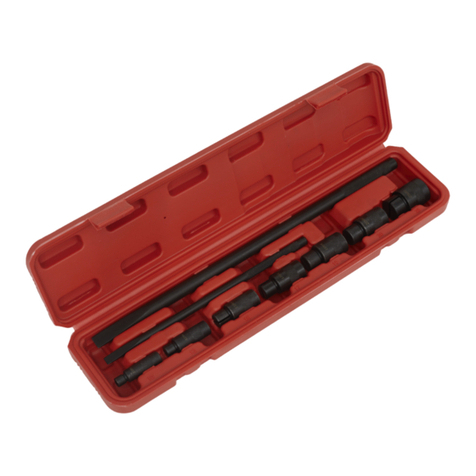
Sealey
Sealey MS062 User manual
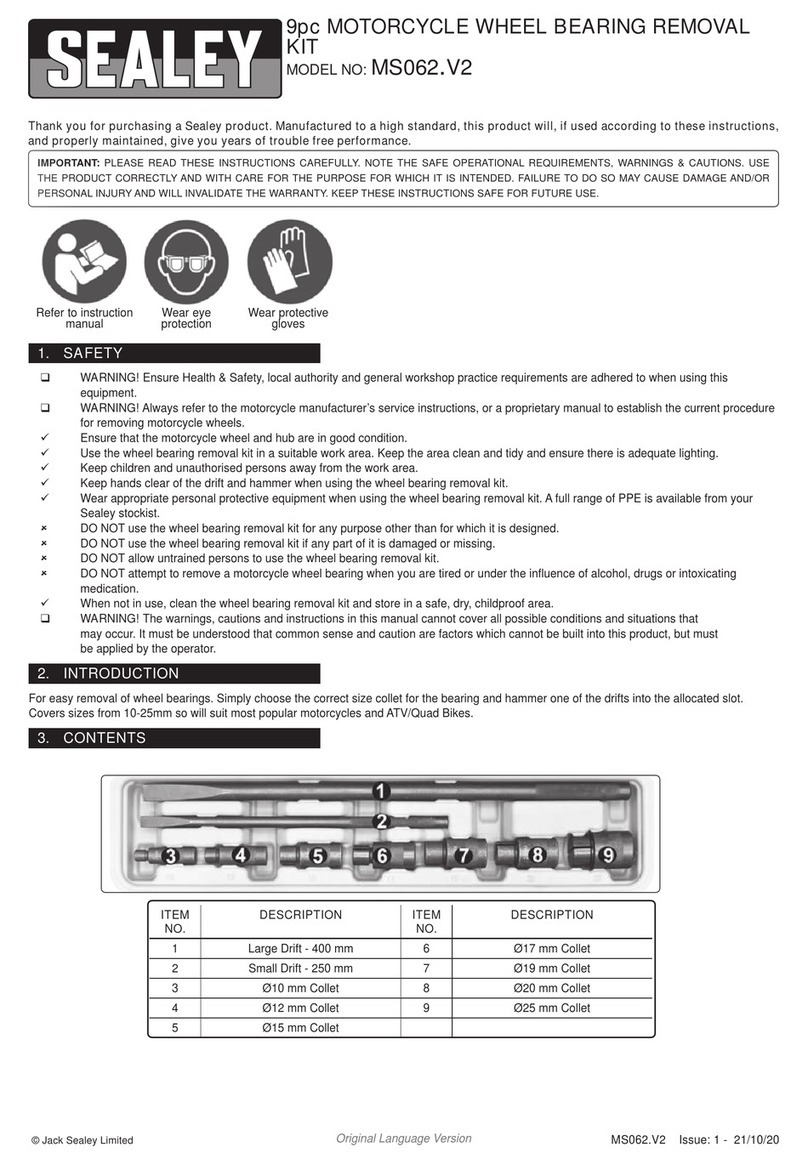
Sealey
Sealey MS062.V2 User manual
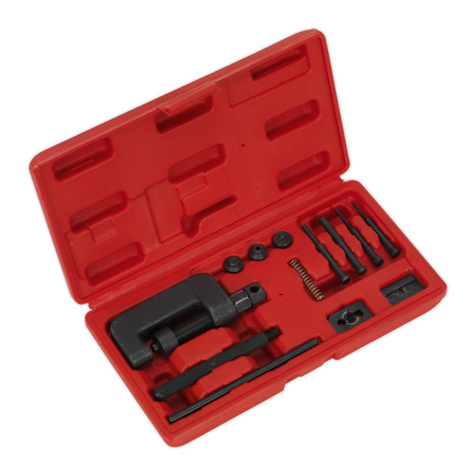
Sealey
Sealey VS779.V3 User manual
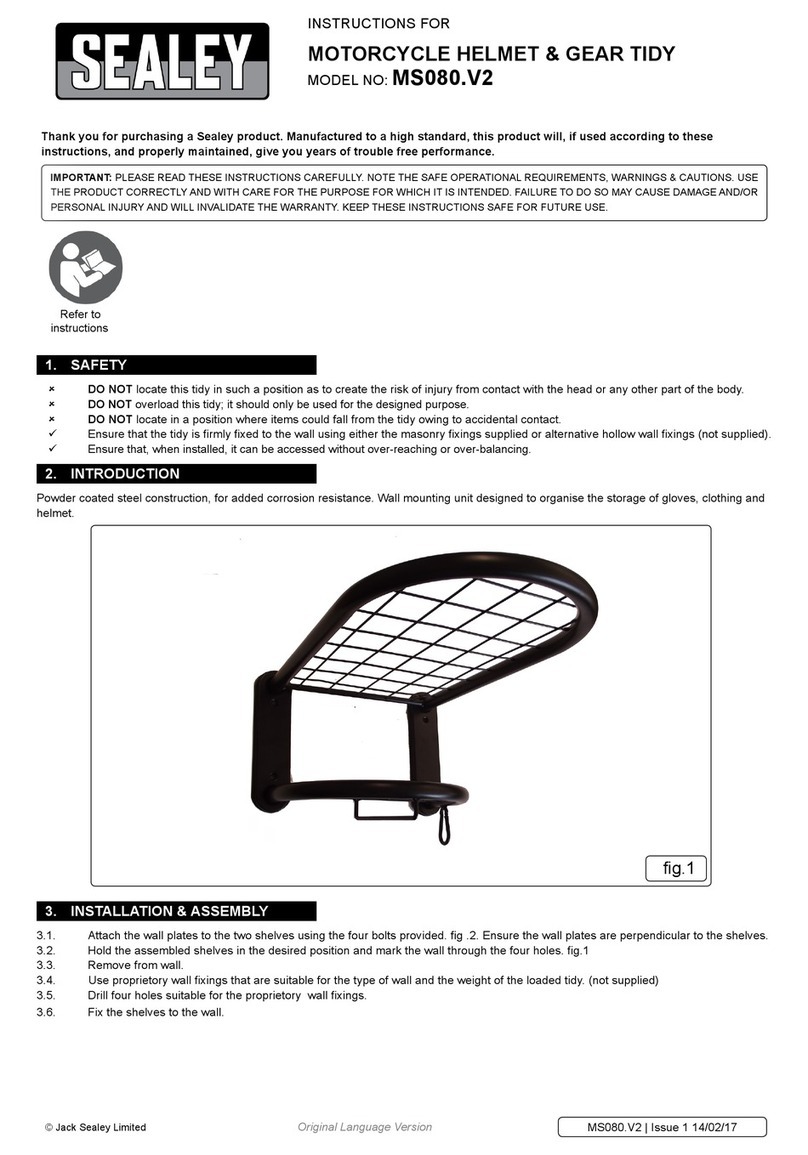
Sealey
Sealey MS080.V2 User manual
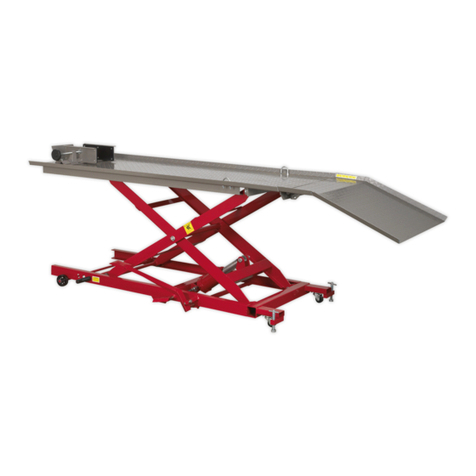
Sealey
Sealey mc454 User manual

Sealey
Sealey MS0630 User manual
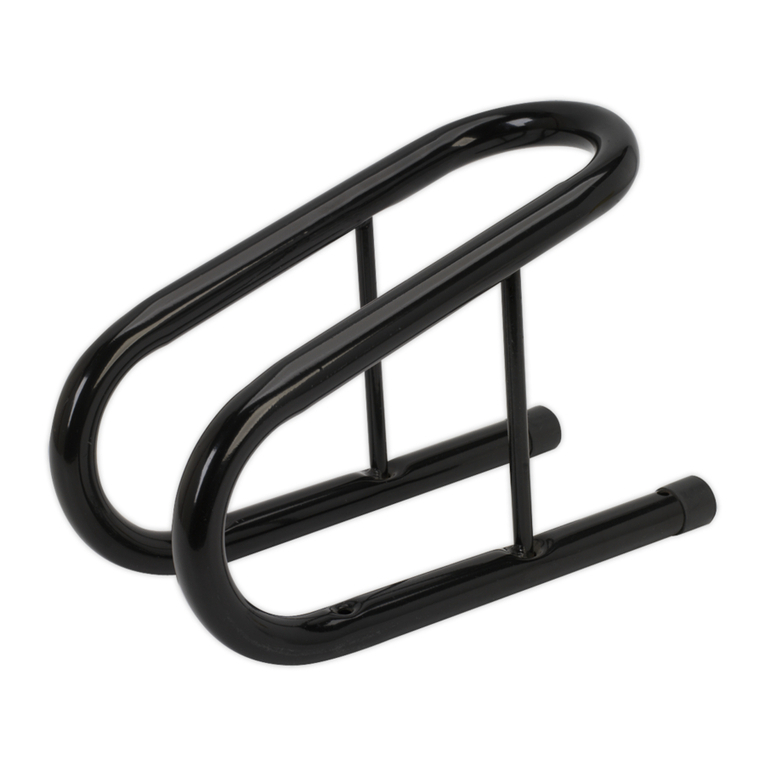
Sealey
Sealey WC06 User manual
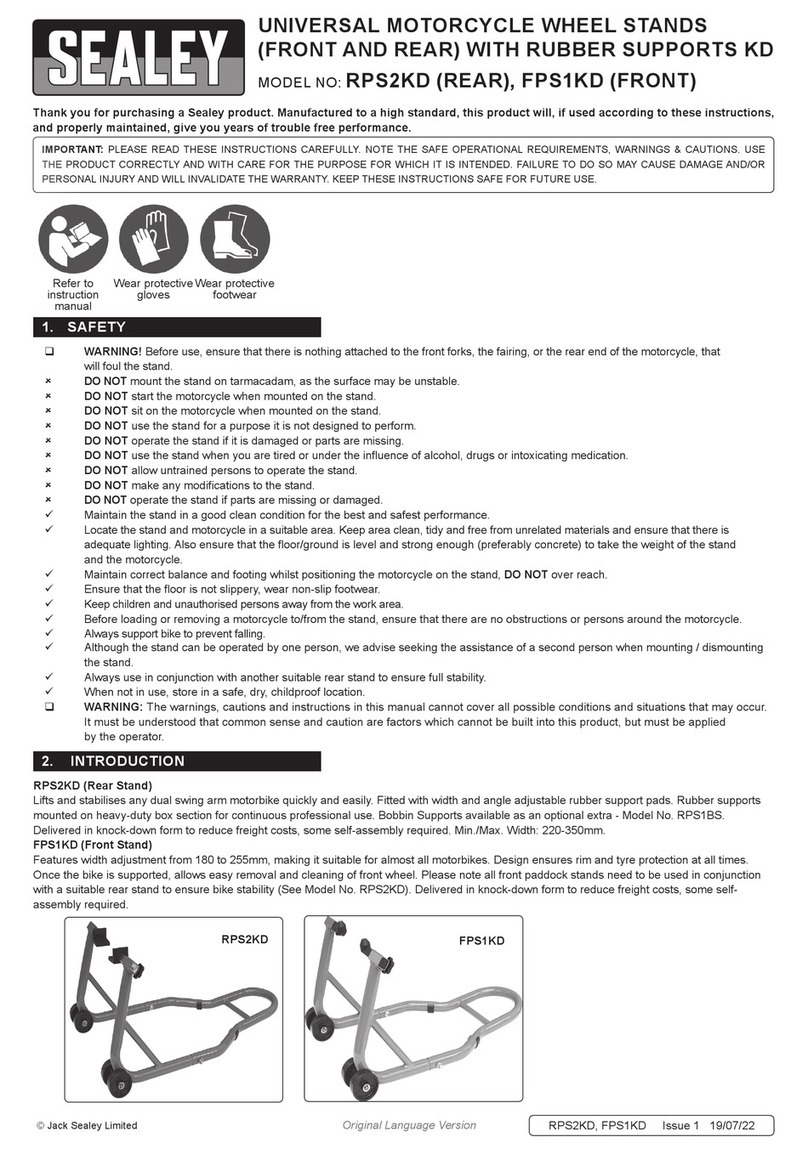
Sealey
Sealey RPS2KD User manual
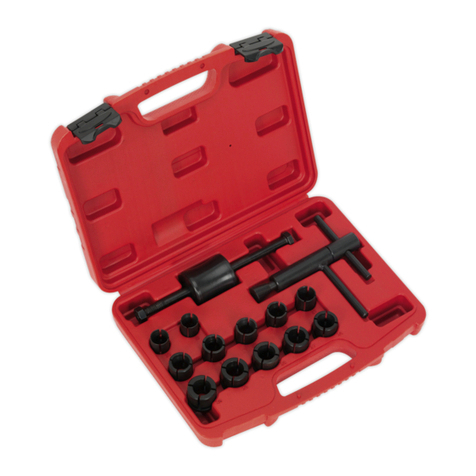
Sealey
Sealey MS162 User manual
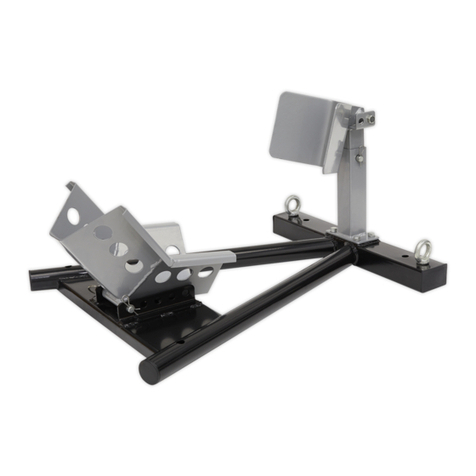
Sealey
Sealey FPS7.V2 User manual
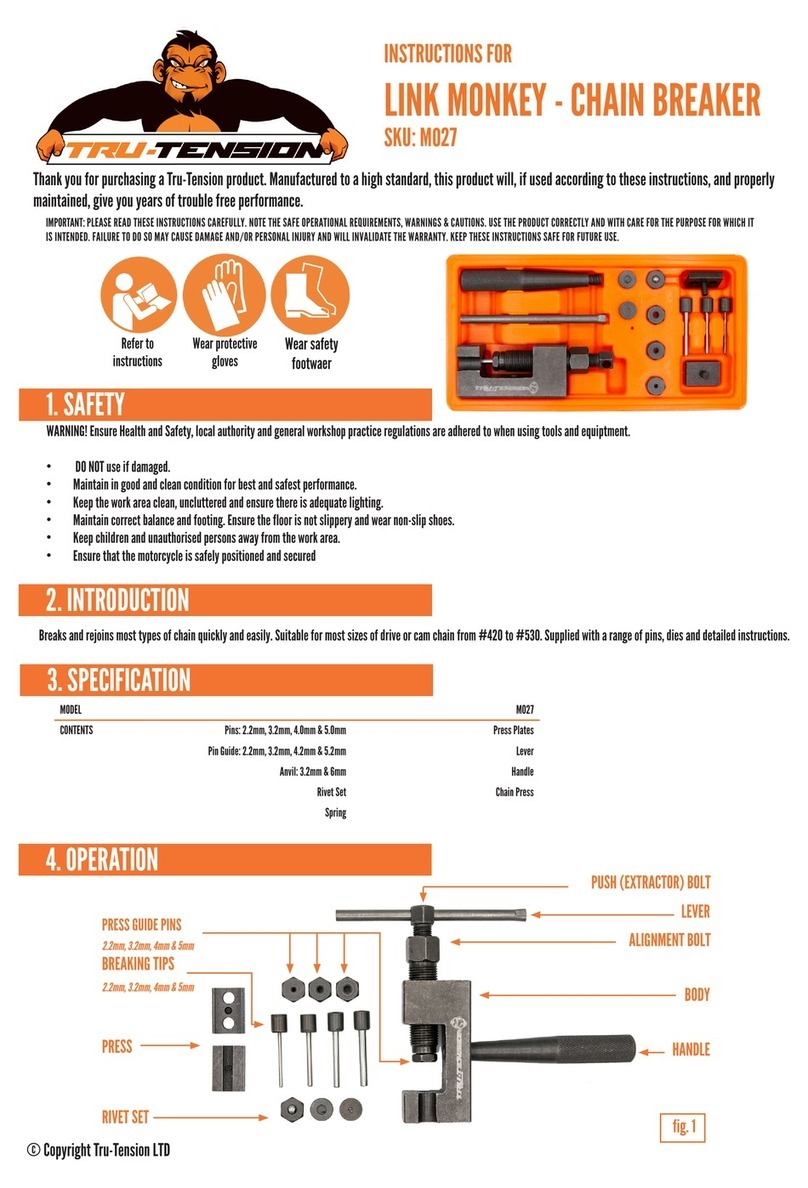
Sealey
Sealey LINK MONKEY User manual
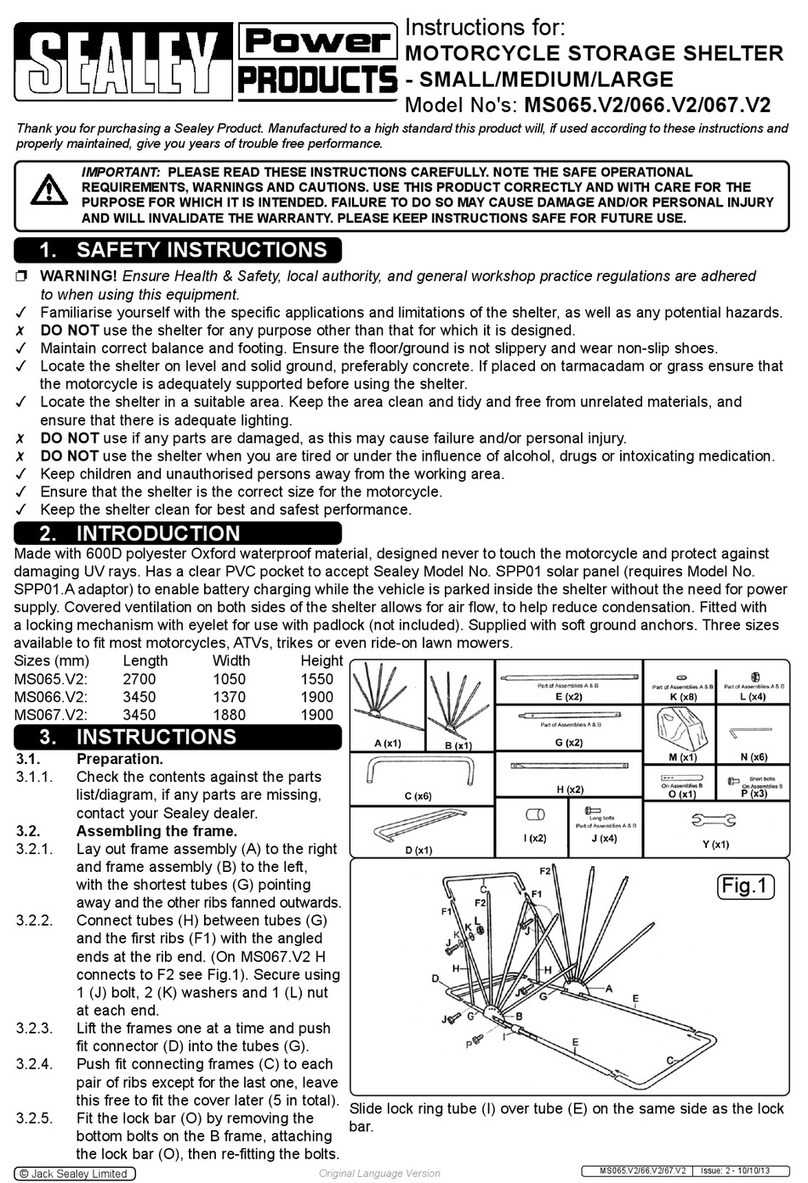
Sealey
Sealey MS065.V2 User manual
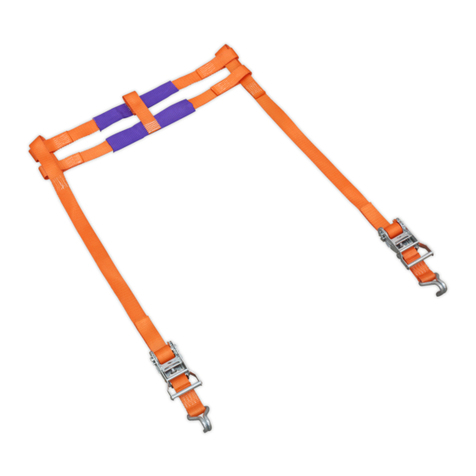
Sealey
Sealey TDMCRW User manual
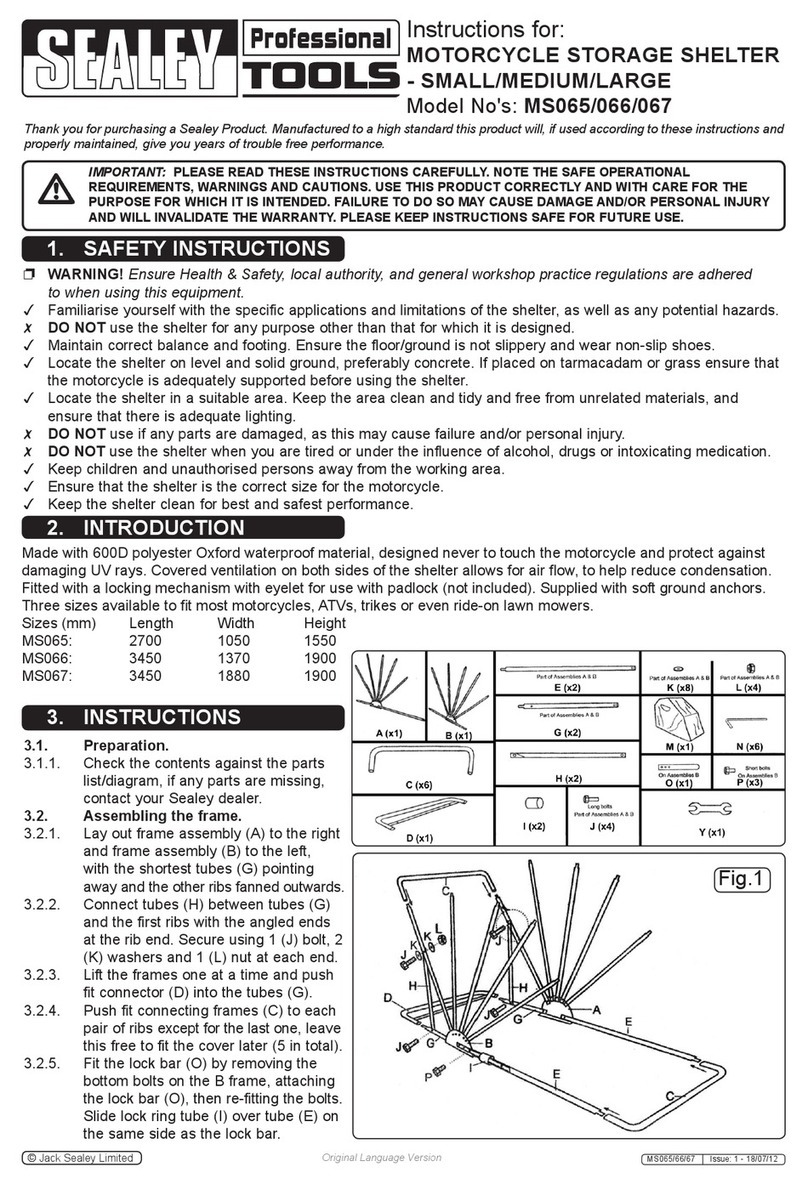
Sealey
Sealey MS065 User manual
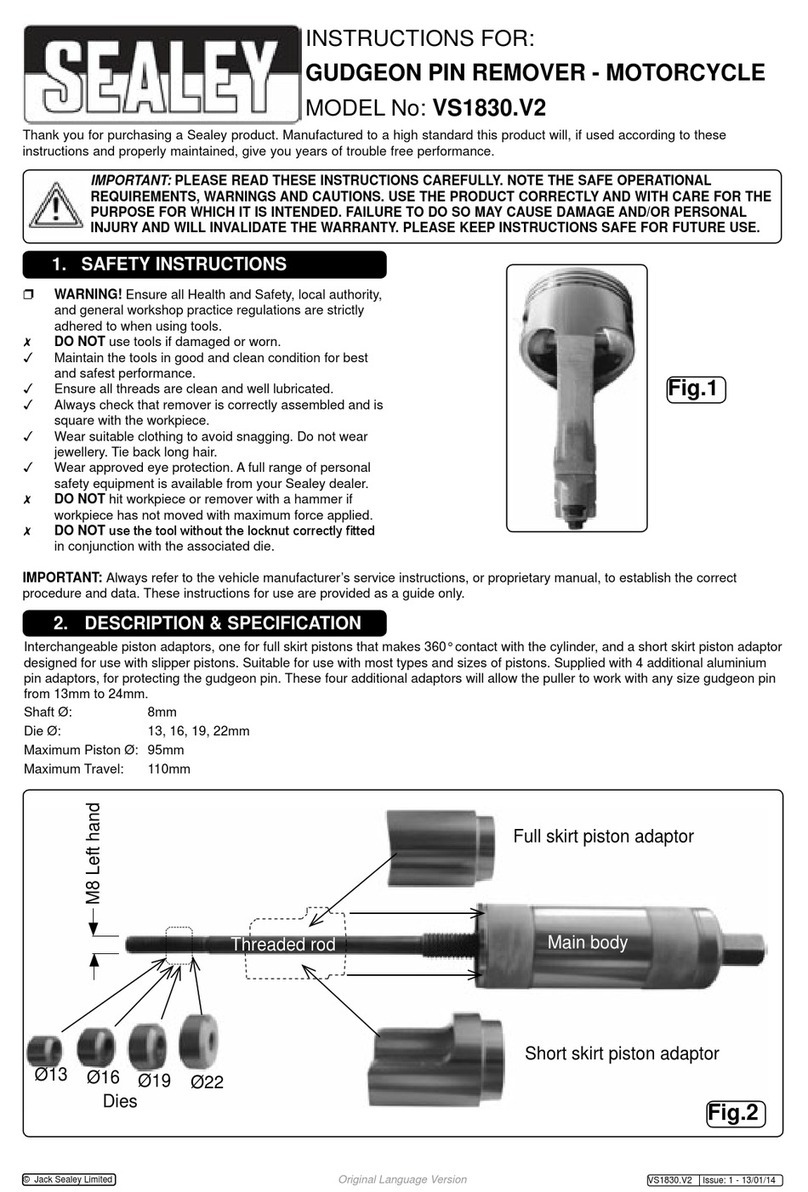
Sealey
Sealey VS1830.V2 User manual

Sealey
Sealey MC401 User manual
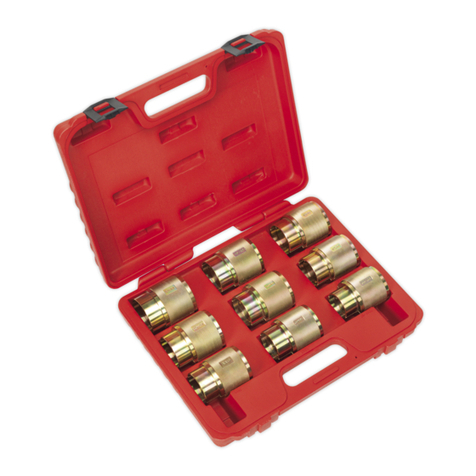
Sealey
Sealey MS018.V2 User manual
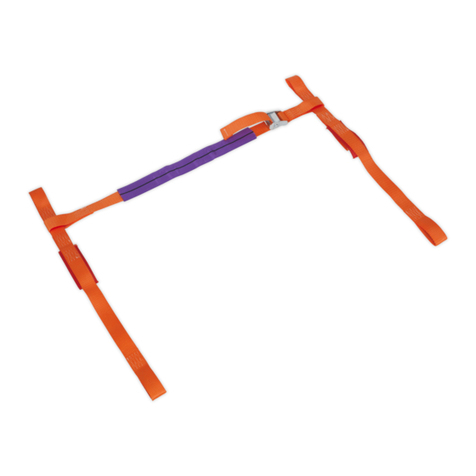
Sealey
Sealey TDMCHB User manual


